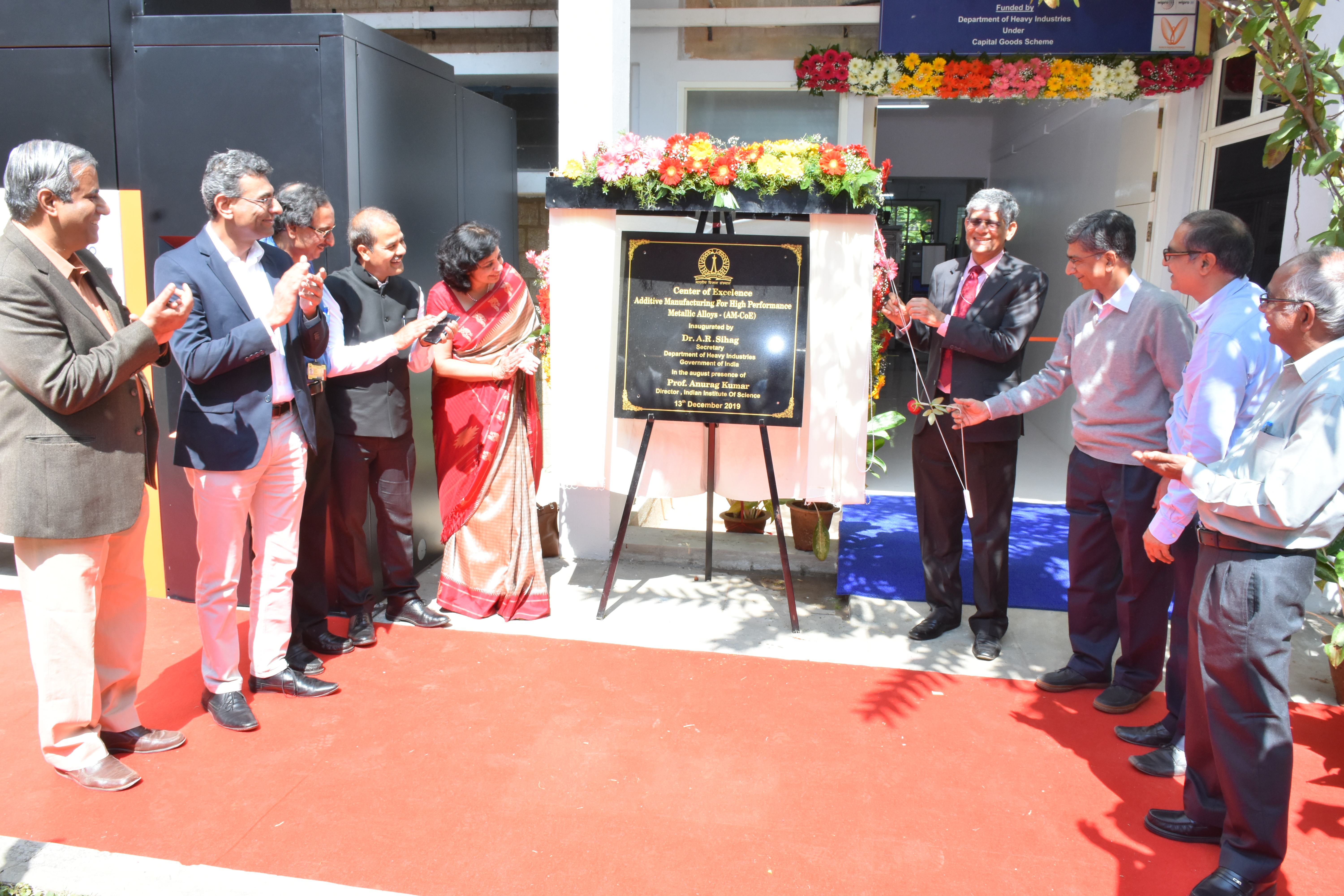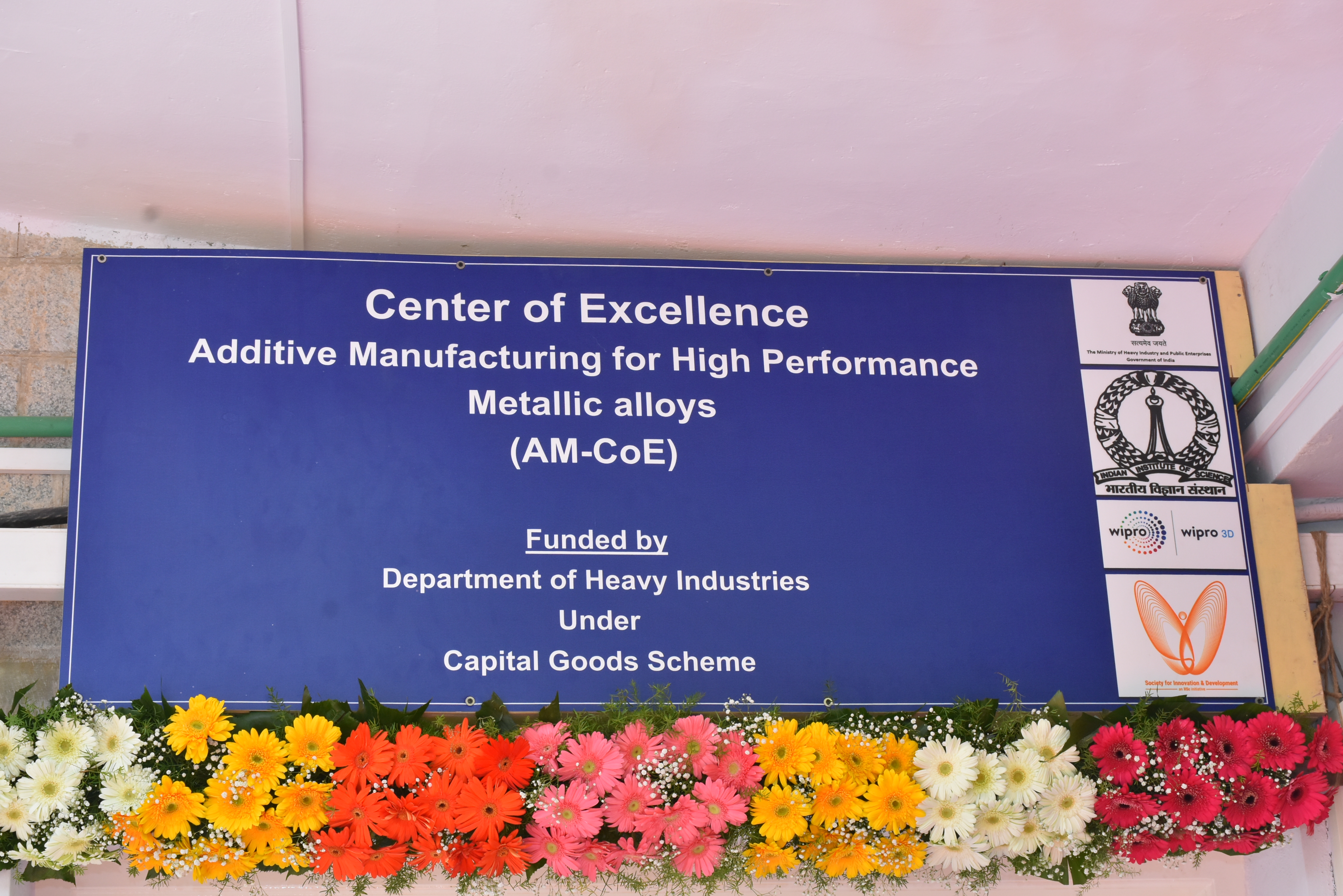Developing next-gen metal additive manufacturing technologies
The Indian Institute of Science (IISc) has established a “Centre of Excellence in Additive Manufacturing (AM) for high-performance metallic alloys” called AM-CoE@IISc that will act as an R&D centre for next-generation metal additive manufacturing technologies. It was inaugurated by Dr. AR Sihag, Secretary, DHI, and Prof. Anurag Kumar, Director, IISc, in December 2019.

Currently, the AM-CoE is working on developing a Selective Electron Beam Melting (SEBM) powder bed additive manufacturing system. This technology is unique in its ability to address existing issues related to thermal management and slow build rate in the conventional powder bed fusion process. This project is funded by the Department of Heavy Industries (DHI), Government of India and Wipro3D, under the Capital Goods Scheme.

Electron beam metal 3D printing or additive manufacturing has widespread applications, especially in preparing bio-medical metallic implants and in the aerospace industry. The technologies needed for making complex metallic objects are Selective Laser Melting (SLM) and Selective Electron Beam Melting (SEBM)-based powder bed processes.

Although SLM is used widely, it has several limitations, including low laser beam velocity (7 m/s), poor photon absorption by the metal powder, significant residual stress, and cracking of non-weldable alloys. The reported average build rates are 20 cc/hour with a single laser source. With the SEBM, however, the build rates can reach up to 80 cc/hour with a 3 kW single electron beam source.
The AM-CoE’s current prototype machine is based on the SEBM technology, which will increase the beam power density and velocity of the beam, and provide improved vacuum levels and high-temperature build environment with minimum temperature gradients. This machine will be capable of building metallic objects with higher build rates, objects that are complex in nature, with minimum residual stresses and crack-free non-weldable alloy materials. The current focus of the project is on the characterization of various super alloy materials using the prototype machine, and on building complex components.
Apart from working on the SEBM technology, and developing high-performance metallic alloy powders for biomedical implants and aerospace components, the AM-CoE will also focus on conducting workshops and hands-on training for new users and AM service providers.






